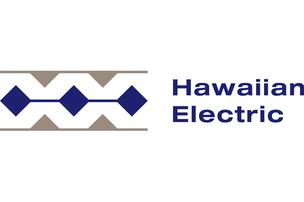
By Staff Report
(Honolulu)– Solar photovoltaic installations in Hawai‘i continued growing at a strong pace in 2013. A total of 17,609 solar installations with more than 129 megawatts capacity were added to the Hawaiian Electric, Maui Electric and Hawai‘I Electric Light Company grids in 2013. This is 39 percent more than was added in 2012.
The total of solar photovoltaic systems interconnected on the Hawaiian Electric Companies’ grids as of Dec. 31, 2013 is 40,159 with a total capacity of 300 MW. Of those installations, 96 percent take advantage of net energy metering, a program that began in 2001 to encourage the adoption of rooftop solar. With net energy metering, customers with rooftop solar receive full retail credit for electricity they generate and send to the utility grid. They use that credit to offset the electricity they take from the grid when solar power does not meet their needs at night or on cloudy days.
More than 70 percent of rooftop systems are on O‘ahu. With 29,558 PV systems and 221 MW as of Dec. 31, 2013, 10 percent of Hawaiian Electric customers now have rooftop solar, a higher percentage than any mainland utility. On Hawai’i Island, 7 percent of Hawai‘i Electric Light customers have rooftop solar. And 8 percent of Maui Electric customers have rooftop solar.
This unprecedented rapid growth in rooftop solar in Hawai‘i has resulted in some neighborhood circuits reaching extremely high levels of photovoltaic systems. An increasing number of distribution level circuits have rooftop PV capacity exceeding 100 percent of the daytime minimum load, the trigger for interconnection studies and possible implementation of safety measures or upgrades before new PV systems on that circuit can be interconnected to the grid. This condition slowed the pace of rooftop solar growth in the last quarter of last year.
“Our first priority is the safety and reliability of service to all our customers,” said Jim Alberts, Hawaiian Electric senior vice president for customer service. “At the same time, we remain committed to a strong, sustainable solar industry in Hawai‘i. We continue to approve new solar systems for interconnection daily. And we are working to find ways to add more solar power, including on circuits that already have large amounts of PV installed.”


